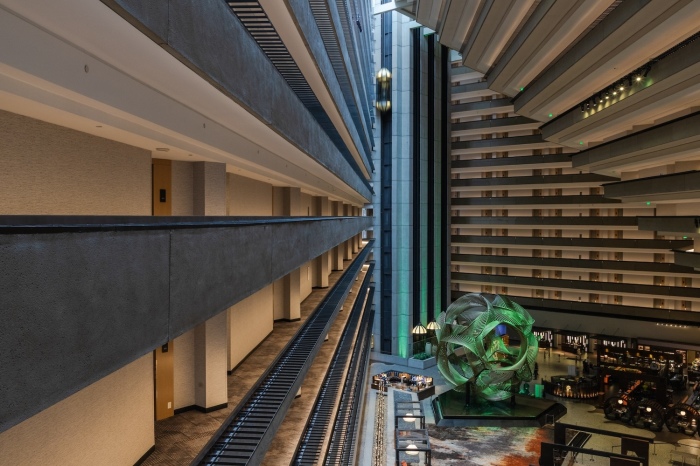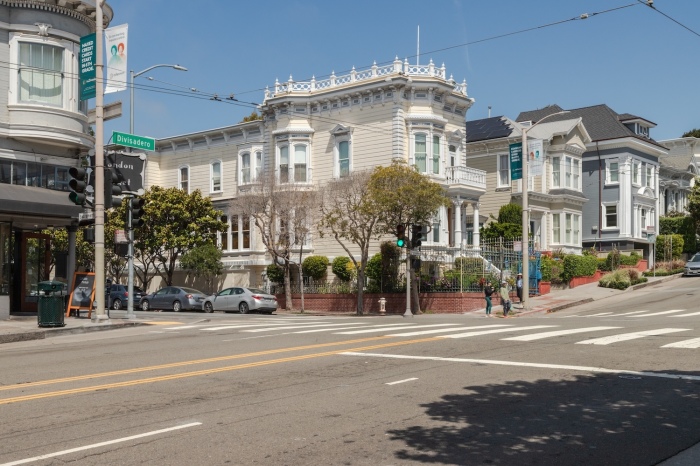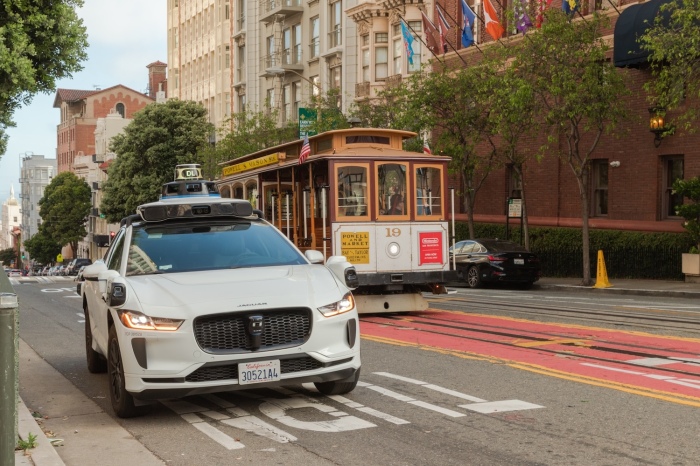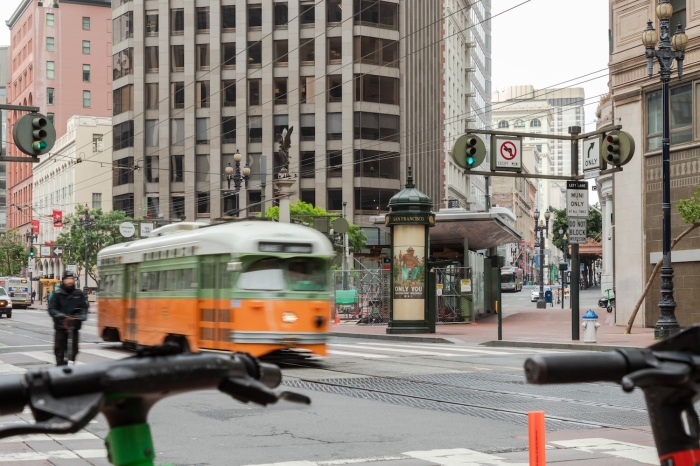SAN FRANCISCO — I’m standing in the towering lobby of the Hyatt Regency. There, a huge atrium and futuristic design serve as a cathedral to modernity.
The interior, designed by architect John C. Portman Jr., who passed away in 2017, remains as impressive as when it opened in 1973. At the time, the idea of a hotel with a sky-high atrium was novel. Portman’s concept was first executed at the Hyatt Regency in Atlanta in 1967 and found its ultimate sophistication in San Francisco.
This was no ordinary hotel. Although initially ridiculed by critics, this design forever changed the hotel experience for guests. Counterfeit products soon appeared everywhere from major U.S. cities to resorts around the world.

With a prime location along the Embarcadero at the foot of Market Street, the Hyatt Regency puts San Francisco on the map and invites exploration. This is a place where you have to walk the streets and climb the hills.
We set off towards the Ferry Building. The 1898 landmark, crowned by a 75-meter-high clock tower, is a Beaux-Arts beauty that has become a gastronomic center. Inside, artisans sell everything from cheese and pastries to fresh produce. A lively farmers’ market fills the square every Tuesday, Thursday, and Saturday, with Saturday being the busiest.
Not far away is another icon, the Transamerica Pyramid. Completed in 1972 and updated after a $1 billion renovation, William Pereira’s Pyramid remains one of the world’s most recognizable silhouettes, an architectural exclamation point made of steel and concrete.

Instead of riding the cable car, which was lined up with tourists for blocks, I walked down California Street to Nob Hill. The climb is steep, but the reward comes with views. Skyscrapers in one direction, a bay in the other, and houses clinging to roads at impossible angles. Visitors who don’t want to walk can easily summon a Waymo ride. Self-driving cars seem to be everywhere.
The skyline is not the only architecture in Nob Hill and beyond. The neighborhood exhibits a patchwork of styles. Mediterranean-inspired stucco villas sit next to stately Edwardian townhouses. The most famous are the colorful Victorian houses known as the Painted Ladies. They survived the 1906 earthquake and fire and are still among the most photographed homes in America.

San Francisco’s beauty is unlike any other city in the United States. The setting certainly enhances the architecture. In the morning, when the fog slowly disappears, the skyline appears to be floating above the clouds, as if suspended between heaven and earth.
Eventually, I return to the Hyatt Regency and sit in a chair in the vast atrium. Fifty-two years later, Portman’s vision continues to define the guest experience. Glass elevators glide skyward, surrounded by concrete corridors that look like cliffs carved by human imagination.
Yes, San Francisco faces challenges. But what some headlines portray doesn’t match reality. I first wrote about this last year when I pushed back against the so-called doom loop narrative. On this return visit, I discovered a city that is still vibrant and completely safe for visitors.
San Francisco continues to inspire me. It still amazes me. And often, just looking up can bring unforgettable moments.

If you go
You don’t have to be a guest to experience Portman’s Atrium at the Hyatt Regency San Francisco, but an overnight stay certainly enhances the effect. The former revolving restaurant on the top floor of the hotel has been transformed into a club lounge with expansive views. Available to customers with certain memberships in Hyatt’s loyalty program or those who book club-level rooms.
Besides the Ferry Building and Farmers Market (best on Saturdays), other must-sees include Musée Légion d’Honneur. Gothic Revival Grace Cathedral (Anglican) and modernist Assumption Cathedral (Roman Catholic). and Mission San Francisco de Asis (Roman Catholic Church), home to the city’s oldest building, a late 18th-century adobe chapel.
Dennis Lennox writes a travel column for The Christian Post.